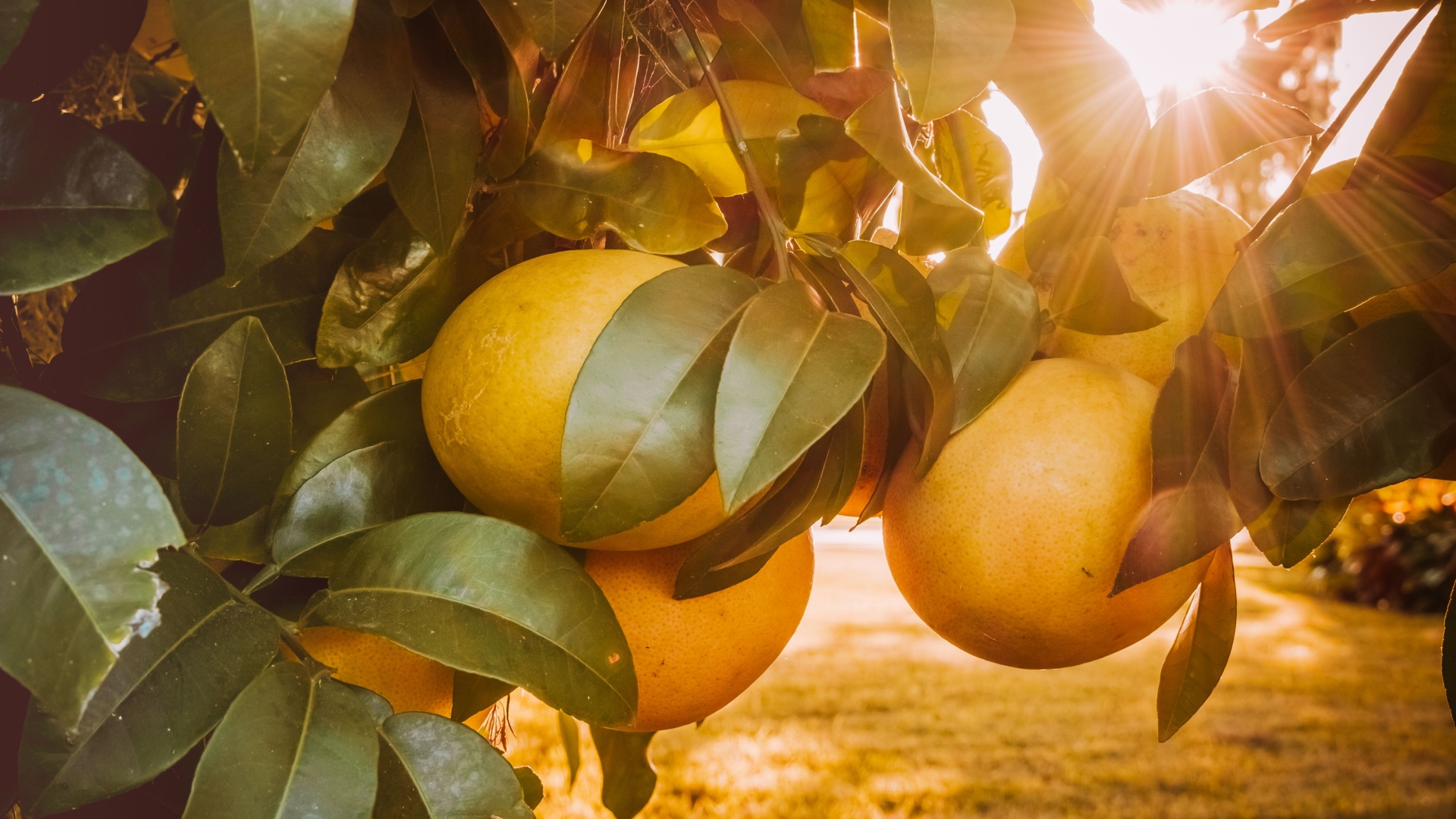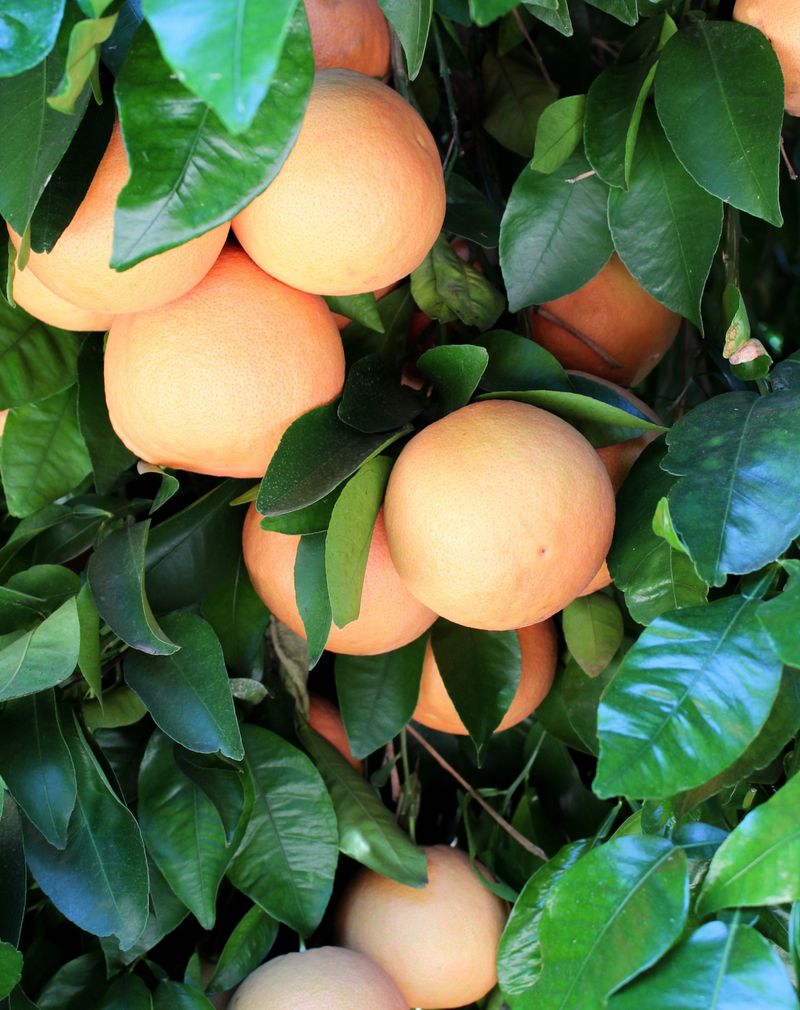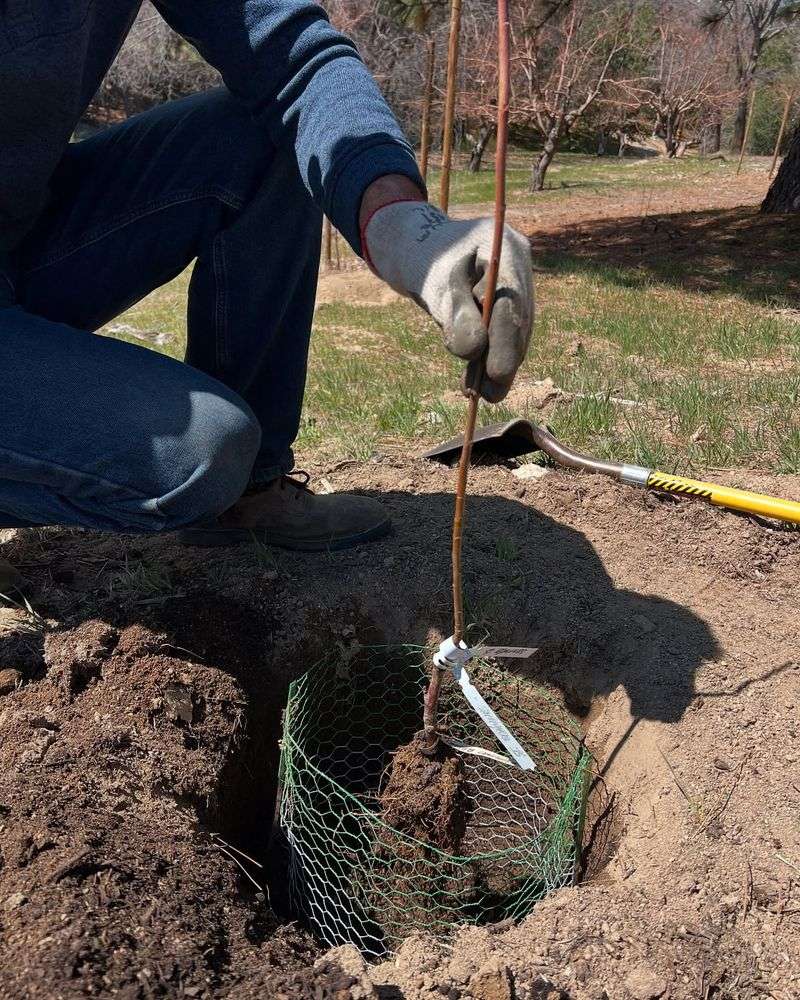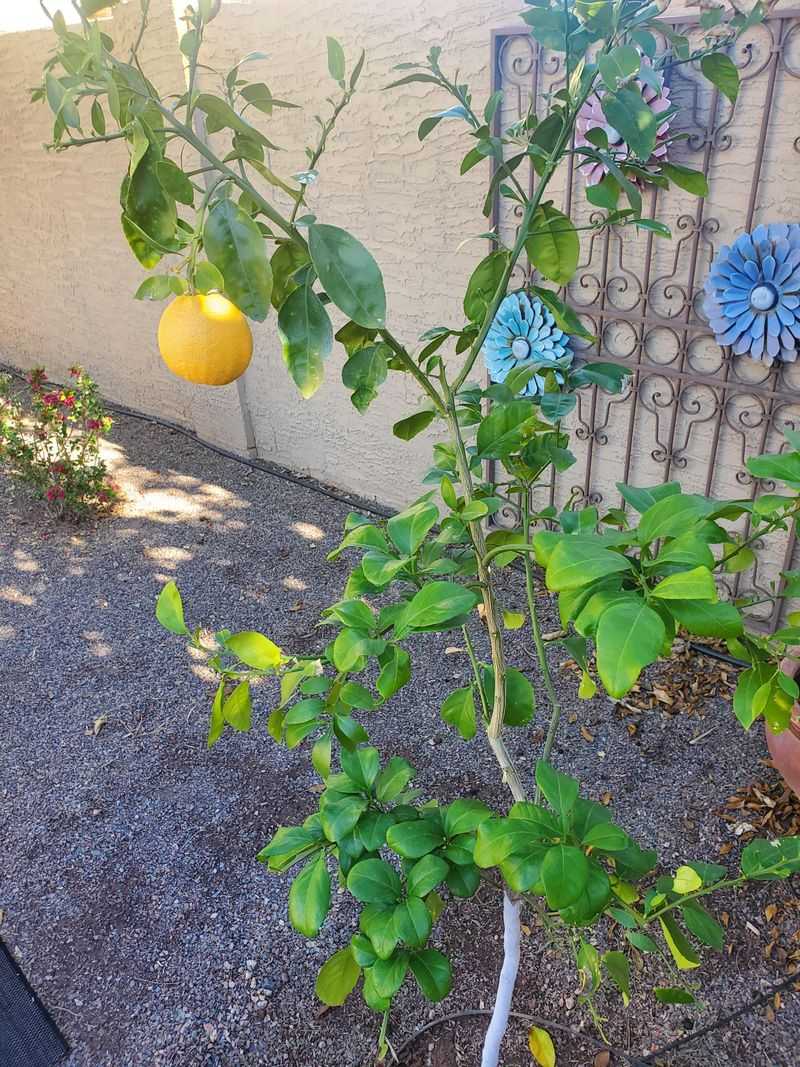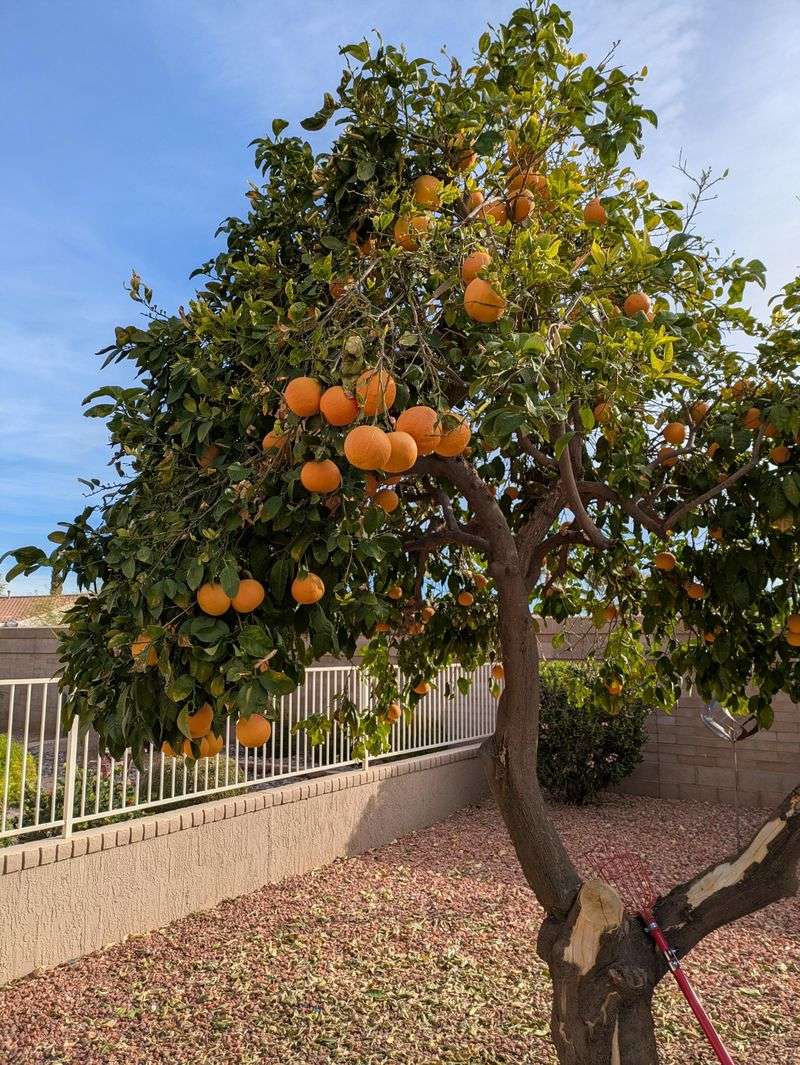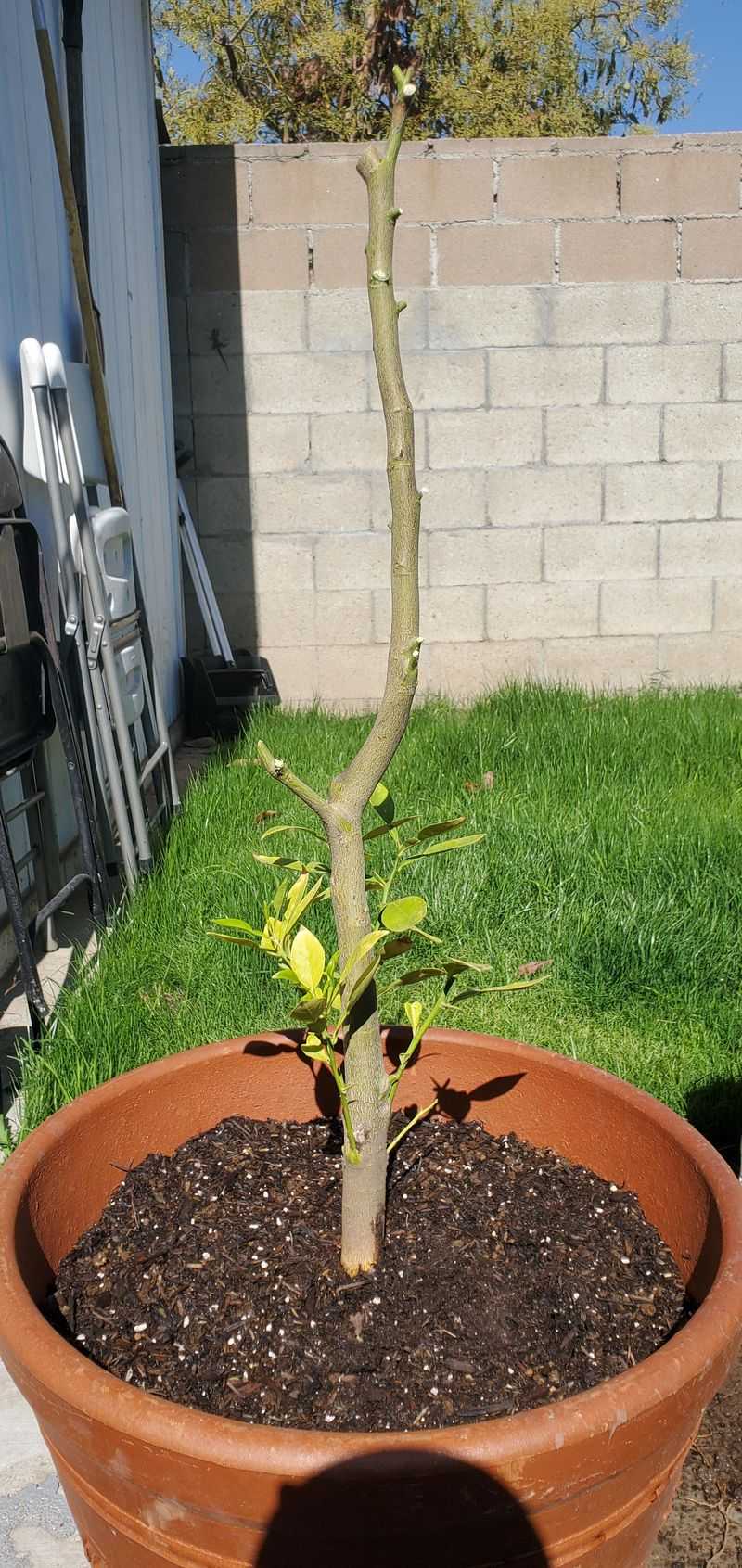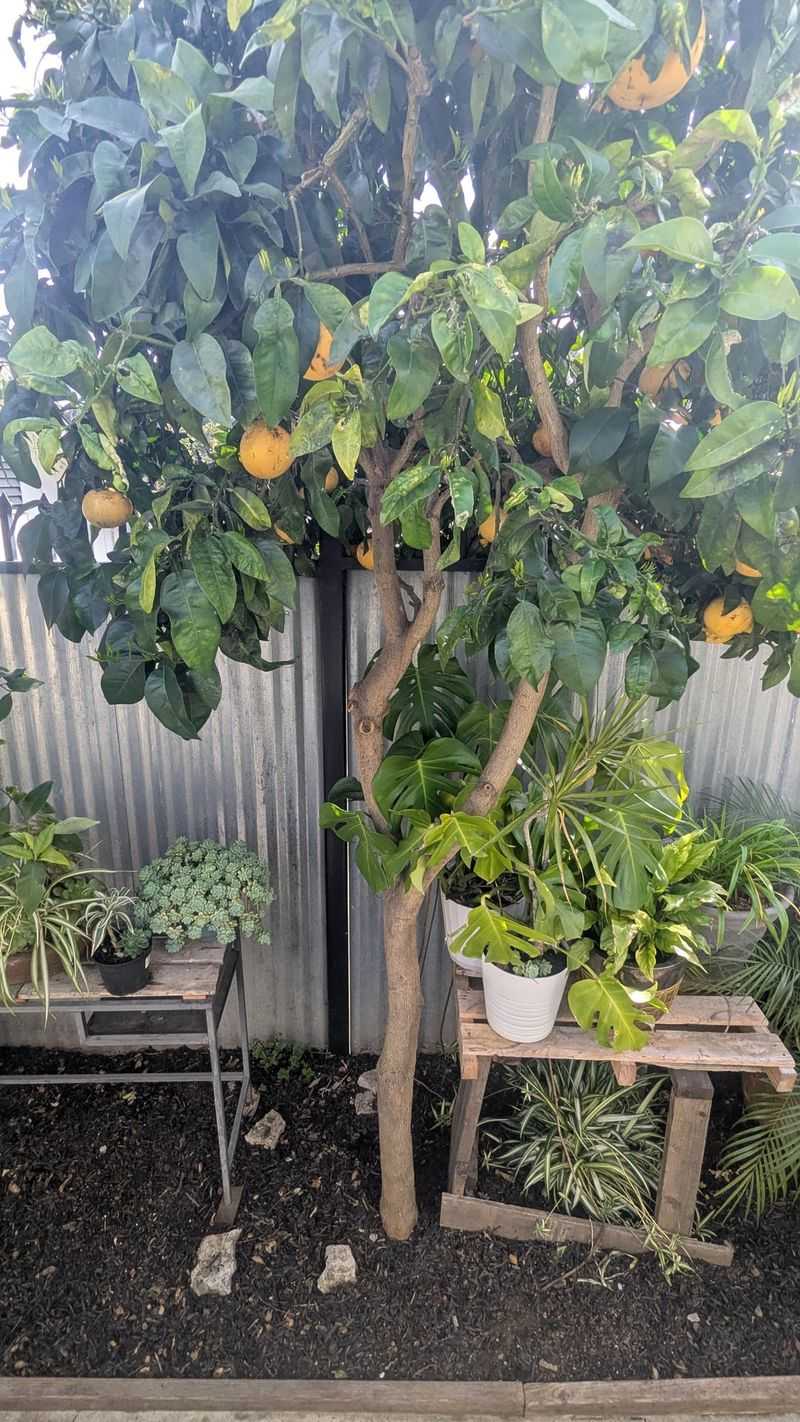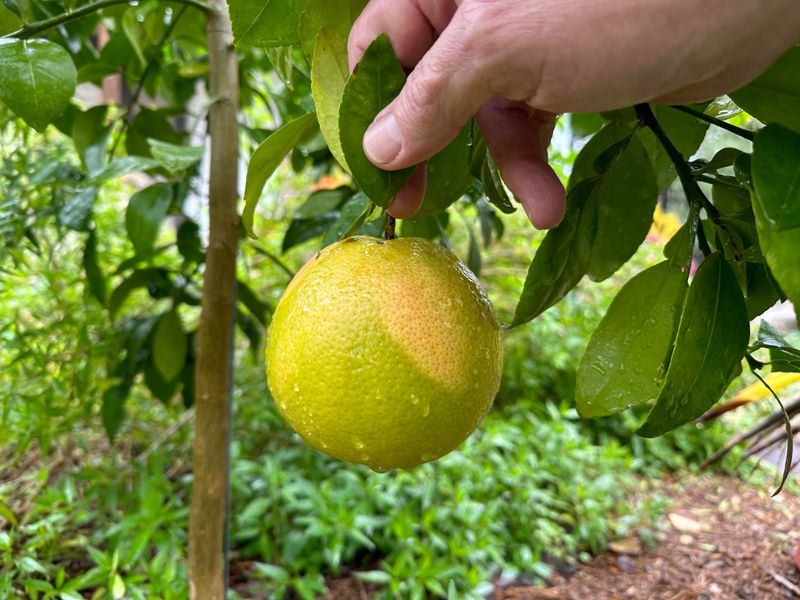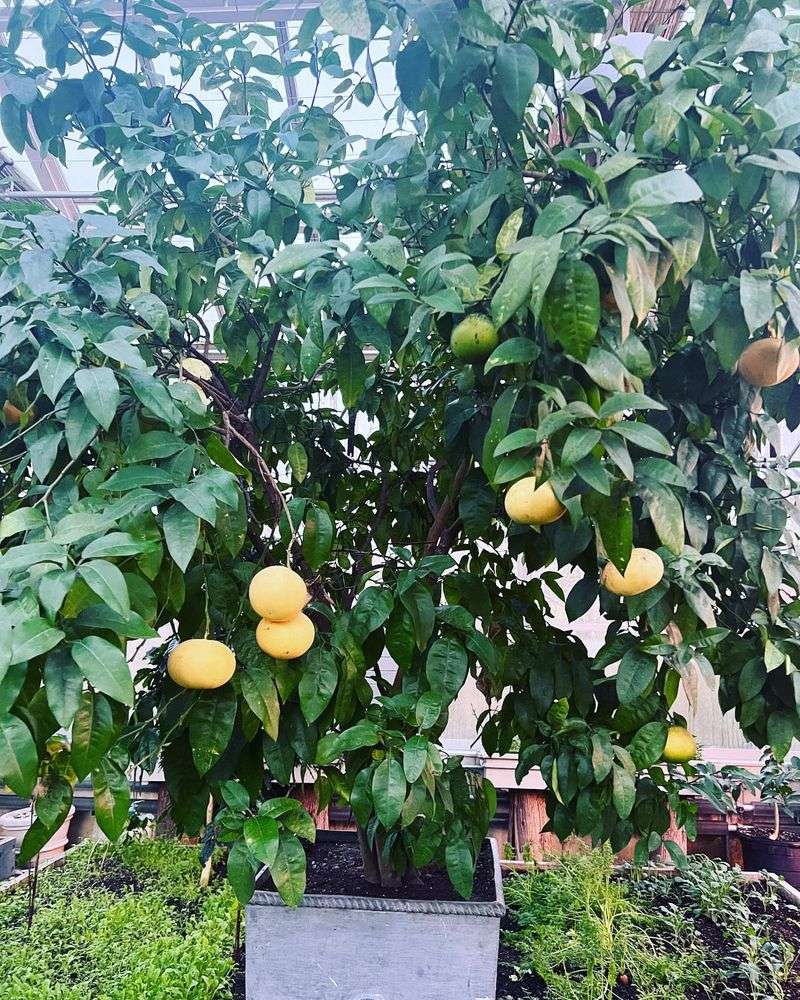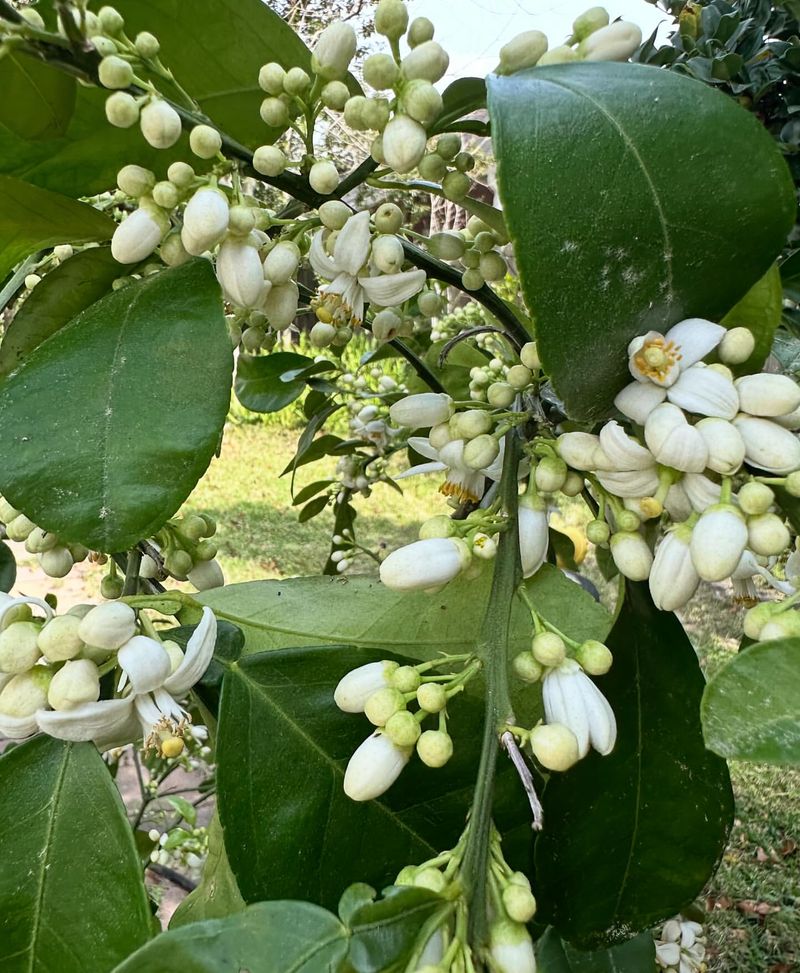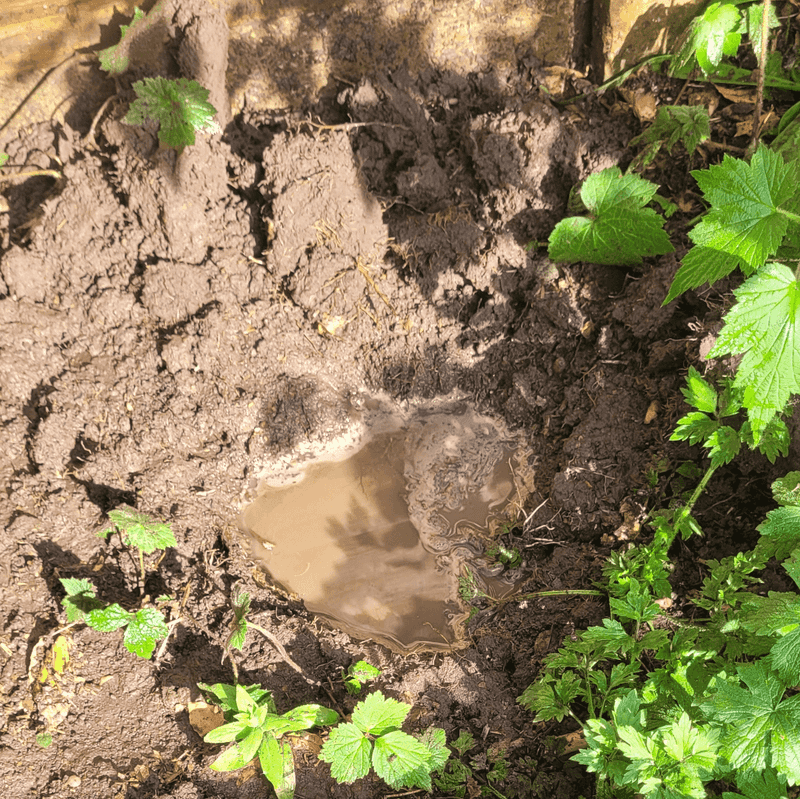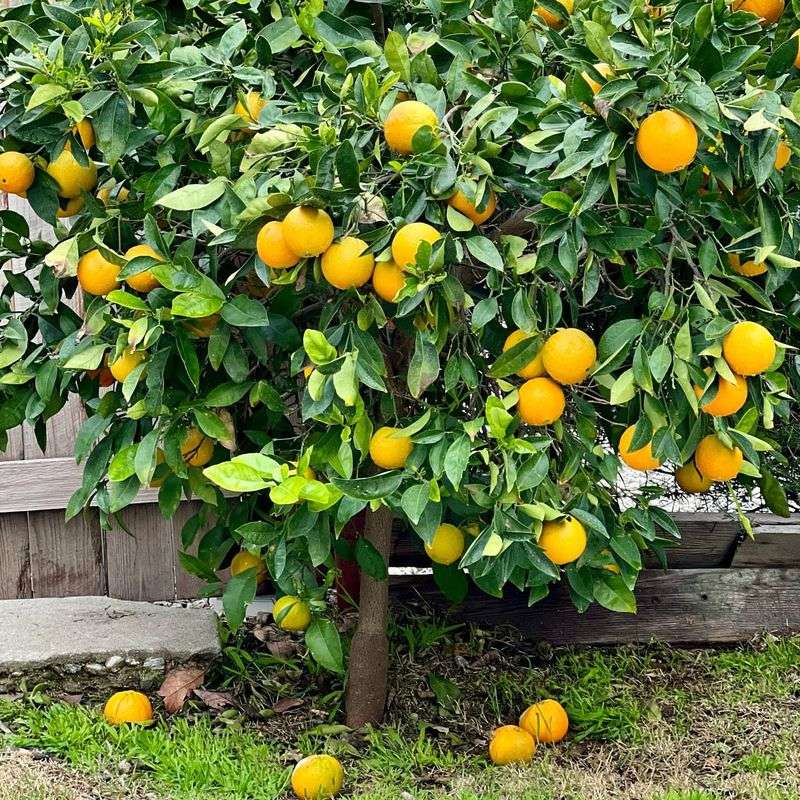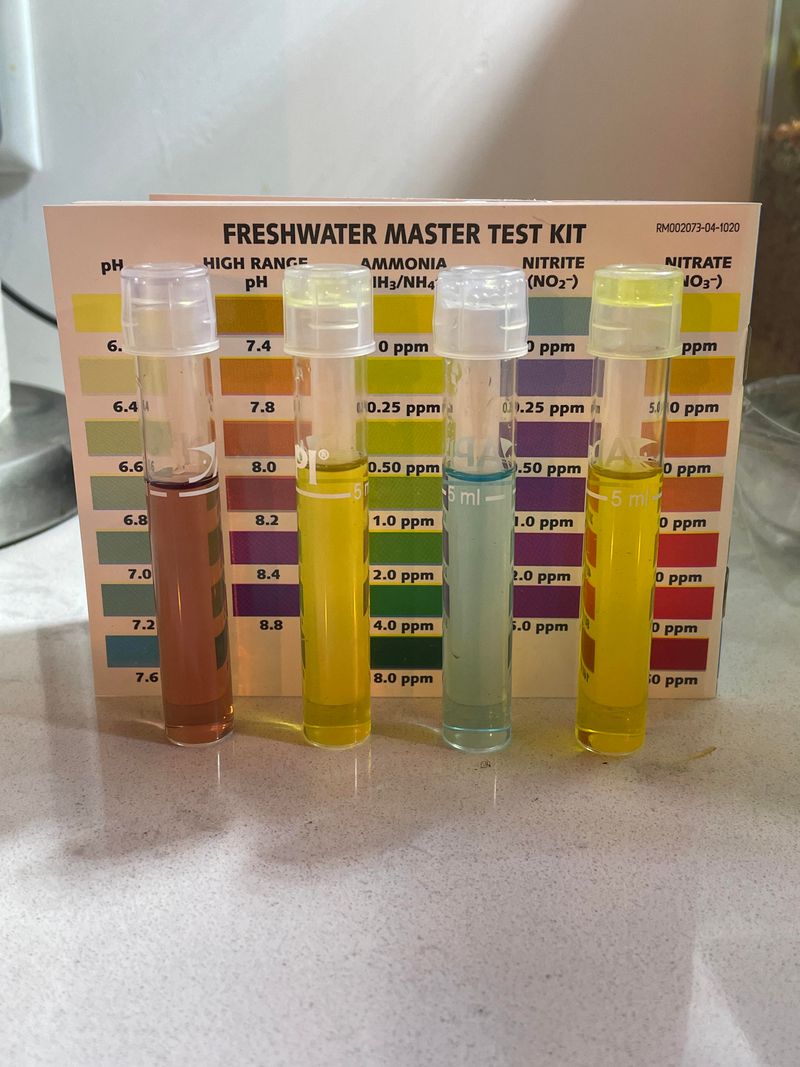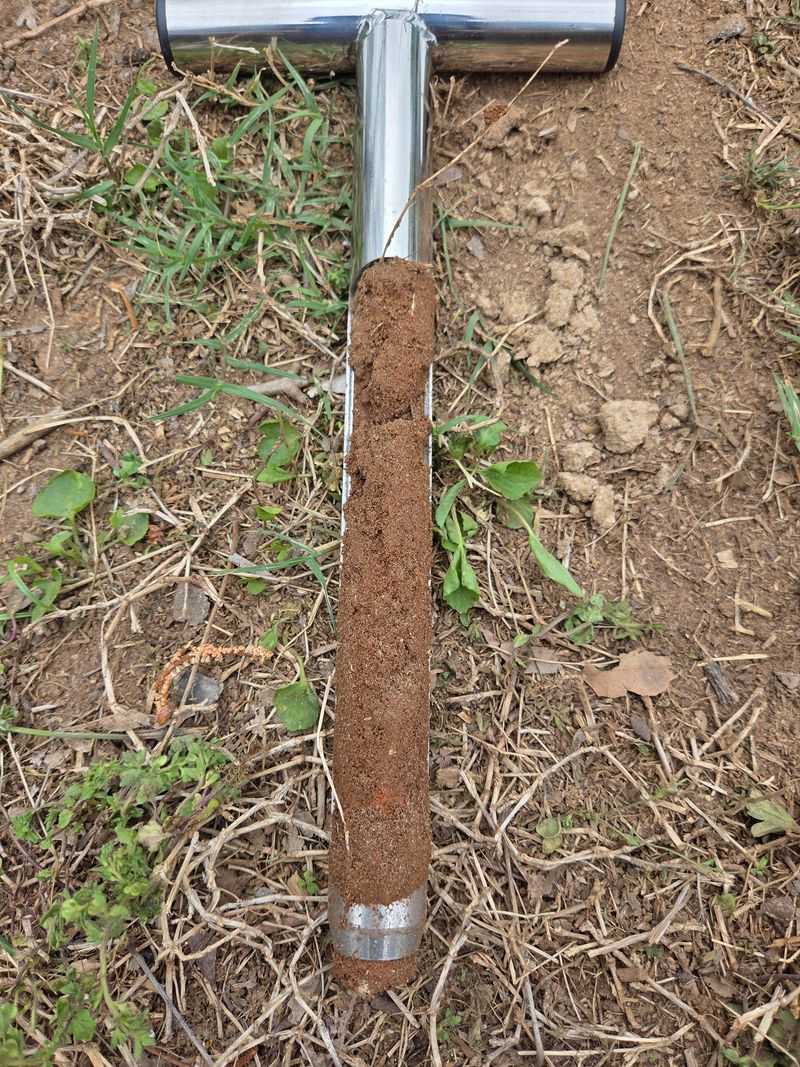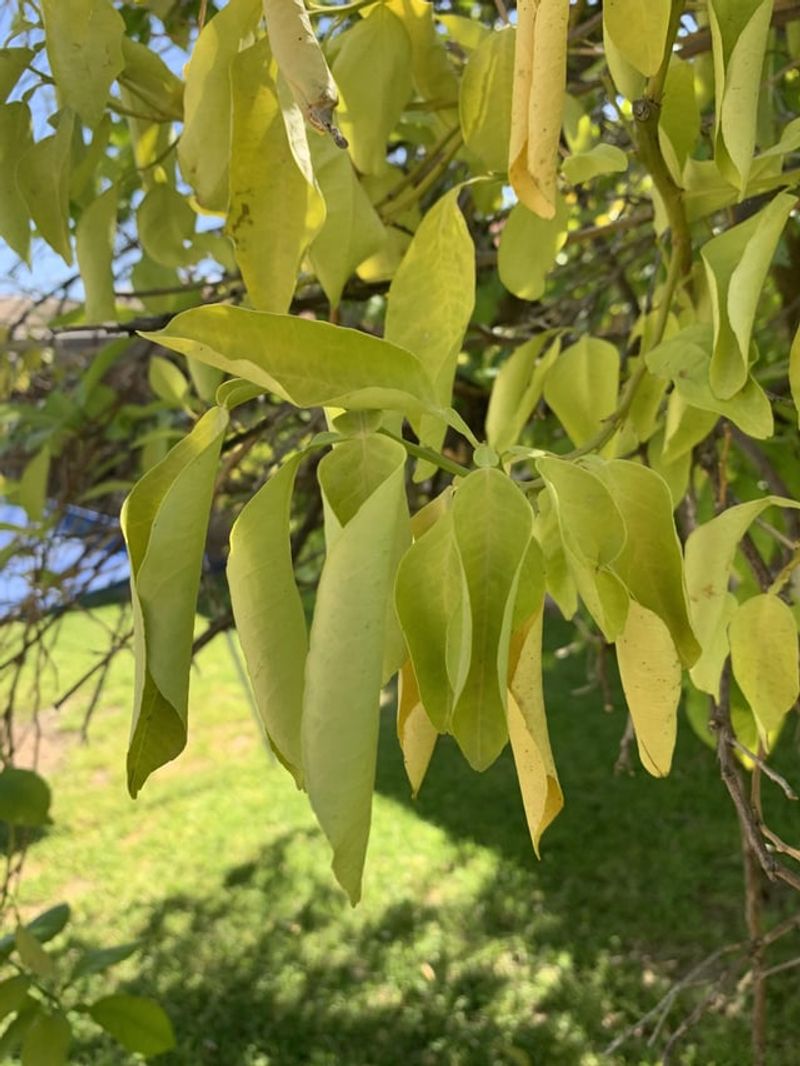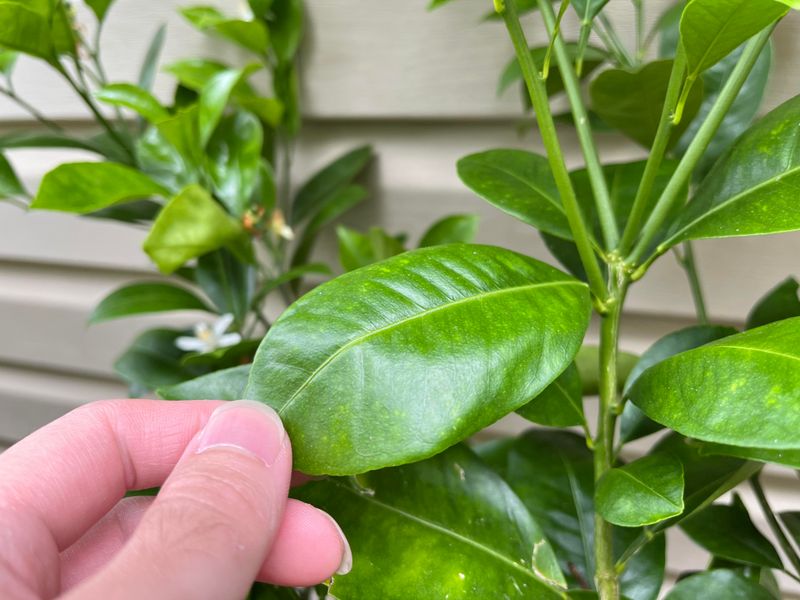If your grapefruits are coming out small, dry, or just not as sweet as you’d hoped, don’t worry—it’s not your tree, it’s your technique. With the right care, timing, and a few citrus-growing secrets, you can grow big, juicy grapefruits that are bursting with flavor.
These 15 tips will show you how to do it right—and the 3 common mistakes you should avoid at all costs.
1. Plant in Full Sunshine
Grapefruit trees are sun-worshippers that need 8-10 hours of direct sunlight daily. Without enough sunshine, your fruits will stay small and lack that mouth-watering sweetness you’re aiming for. Position your tree on the south or southeast side of your property where it can soak up maximum rays.
In cooler climates, planting near a wall that reflects heat can create a microclimate that mimics the tree’s native tropical conditions.
2. Choose the Right Variety for Your Climate
Not all grapefruit varieties perform equally in different regions. Ruby Red thrives in hot areas, while Oro Blanco tolerates slightly cooler temperatures. Duncan varieties offer excellent disease resistance for beginners.
Research which types grow best in your specific hardiness zone before purchasing. Local nurseries often stock varieties that have proven successful in your area, making them a smart first stop on your grapefruit-growing journey.
3. Perfect Your Planting Hole
Dig a hole twice as wide as the root ball but only as deep. This encourages roots to spread outward rather than down, creating a stronger foundation for your future fruit-laden tree. Mix the removed soil with quality compost at a 50/50 ratio before refilling.
Avoid creating a depression around the trunk that could collect water. Instead, build a slight mound that promotes drainage while directing water to the outer root zone where absorption happens.
4. Water Deeply But Infrequently
Newly planted grapefruit trees need consistent moisture to establish strong roots. Water deeply once weekly rather than providing frequent shallow sprinkles. This encourages roots to grow downward in search of moisture. Once established, reduce watering to every 10-14 days.
Apply water in a ring around the drip line (where branches end) rather than at the trunk. During fruit development, maintain consistent moisture to prevent splitting and ensure juiciness.
5. Feed with Citrus-Specific Fertilizer
Grapefruits are hungry plants that need regular feeding to produce those softball-sized fruits. Apply a slow-release citrus fertilizer with an NPK ratio of 2-1-1 three times yearly – early spring, early summer, and fall.
Younger trees need more nitrogen to support leafy growth, while mature trees benefit from increased potassium and phosphorus for fruit production. Yellowing leaves between green veins signal micronutrient deficiencies, commonly iron or zinc, requiring supplemental feeding.
6. Master the Pruning Schedule
Prune young grapefruit trees to establish a strong scaffold structure with 3-5 main branches. Remove crossing branches and those growing toward the center to create an open, vase-like shape that allows sunlight to penetrate.
For mature trees, prune after harvest but before spring flowering. Focus on removing dead wood, water sprouts (fast-growing vertical shoots), and branches that drag on the ground. Never remove more than 20% of the canopy in a single pruning session.
7. Mulch to Retain Moisture
Apply a 3-4 inch layer of organic mulch around your grapefruit tree, extending from a few inches away from the trunk to beyond the drip line. Wood chips, straw, or leaf mold work wonderfully to conserve soil moisture.
Mulch suppresses weeds that compete for nutrients while moderating soil temperature extremes. As organic mulches break down, they improve soil structure and feed beneficial microorganisms. Refresh your mulch layer annually in spring as the old layer decomposes.
8. Protect from Frost
Even brief exposure to freezing temperatures can damage grapefruit trees and developing fruit. When frost threatens, drape lightweight fabric covers over smaller trees, ensuring the material reaches the ground to trap heat.
For larger trees, string outdoor lights through branches to provide gentle warming. Creating a water bank by thoroughly soaking soil before a freeze helps moderate temperature changes. Some gardeners place large containers of water under trees that release heat slowly during cold nights.
9. Thin Fruit for Bigger Harvests
Young grapefruit trees often set more fruit than they can properly develop. Remove excess fruitlets when they reach marble size, leaving one fruit every 6-8 inches along branches. This seemingly harsh practice actually results in larger, juicier grapefruits by directing the tree’s energy to fewer fruits.
Thinning also prevents branch breakage under heavy fruit weight and helps maintain the tree’s yearly bearing cycle rather than falling into alternate bearing patterns.
10. Monitor and Treat Pests Early
Inspect your grapefruit tree weekly for signs of common pests like aphids, citrus leaf miners, and scale insects. Look under leaves and along stems where these troublemakers often hide. Introduce beneficial insects like ladybugs and lacewings as your first line of defense.
For more serious infestations, horticultural oil sprays smother pests while sparing beneficial insects. Timing treatments for early morning or evening protects pollinators that visit during daylight hours.
11. Boost Pollination for More Fruit
While grapefruit trees are self-fertile, they produce more abundantly with cross-pollination help. Plant flowering companions like lavender, borage, or alyssum nearby to attract bees and other pollinators to your garden. During flowering, gently shake branches on windless days to distribute pollen.
Hand-pollination using a small paintbrush works wonders for container trees or during seasons with few natural pollinators. Avoid using insecticides during bloom time to protect these essential garden helpers.
12. Improve Drainage in Heavy Soils
Grapefruit trees despise wet feet and quickly develop root rot in soggy conditions. For clay soils, create raised planting beds or mounds at least 12 inches high to improve drainage. Incorporate generous amounts of coarse sand and composted organic matter when preparing planting sites.
In areas with serious drainage issues, installing agricultural drain tiles below root depth can save trees from waterlogged misery. The goal is moist, not wet, soil that allows oxygen to reach roots.
13. Harvest at Peak Ripeness
Unlike many fruits, grapefruits don’t continue ripening after picking. They may hang on trees for months while maintaining quality, allowing you to harvest as needed. Test for ripeness by weight rather than color – ripe fruits feel heavy for their size due to high juice content.
Gently twist and pull rather than yanking fruits from branches. A slight give when squeezed indicates perfect ripeness, while rock-hard fruits need more time.
14. Provide Wind Protection
Strong winds damage delicate grapefruit blossoms and cause fruit rub marks that invite disease. Plant windbreaks like shrubs or install temporary barriers during flowering and early fruit development. Position trees near structures that block prevailing winds without blocking sunlight.
In windy regions, consider espalier training against a south-facing wall for both wind protection and heat reflection. For container trees, move to sheltered locations during stormy weather.
15. Adjust pH for Nutrient Absorption
Grapefruit trees thrive in slightly acidic soil with pH between 6.0-6.5. At this range, nutrients remain available for absorption rather than locked in unusable forms. Test soil annually using an inexpensive kit from garden centers.
Lower pH by adding sulfur or peat moss; raise it with agricultural lime. Make adjustments gradually over months rather than all at once. Yellowing leaves often indicate pH problems rather than actual nutrient deficiencies.
16. NEVER Skip Soil Testing
Guessing your soil’s needs is a recipe for unhappy grapefruit trees. Skipping soil tests leads to nutrient imbalances that no amount of fertilizer can fix. Comprehensive soil tests reveal exactly what your soil contains and what it lacks.
Many extension offices offer affordable testing with specific amendment recommendations. Testing every 2-3 years provides a roadmap for creating the perfect growing environment for juicy, sweet grapefruits.
17. NEVER Overwater Established Trees
Excessive watering kills more grapefruit trees than drought. Waterlogged roots can’t access oxygen, leading to yellowing leaves, fruit drop, and eventual death. Check soil moisture by digging down 6 inches – if soil feels damp, delay watering.
Symptoms of overwatering mimic underwatering (wilting, yellow leaves), confusing gardeners into providing even more water. During rainy periods, temporarily turn off irrigation systems to prevent root suffocation.
18. NEVER Over-Fertilize Young Trees
Enthusiastic gardeners often apply too much fertilizer to young grapefruit trees, causing fertilizer burn and stunted growth. Excess nitrogen creates lush foliage at the expense of fruit production. Follow package directions precisely, reducing recommended amounts by half for trees under two years old.
Apply fertilizer in a ring starting 6 inches from the trunk and extending slightly beyond the drip line. Always water thoroughly after fertilizing to prevent root damage from concentrated nutrients.

